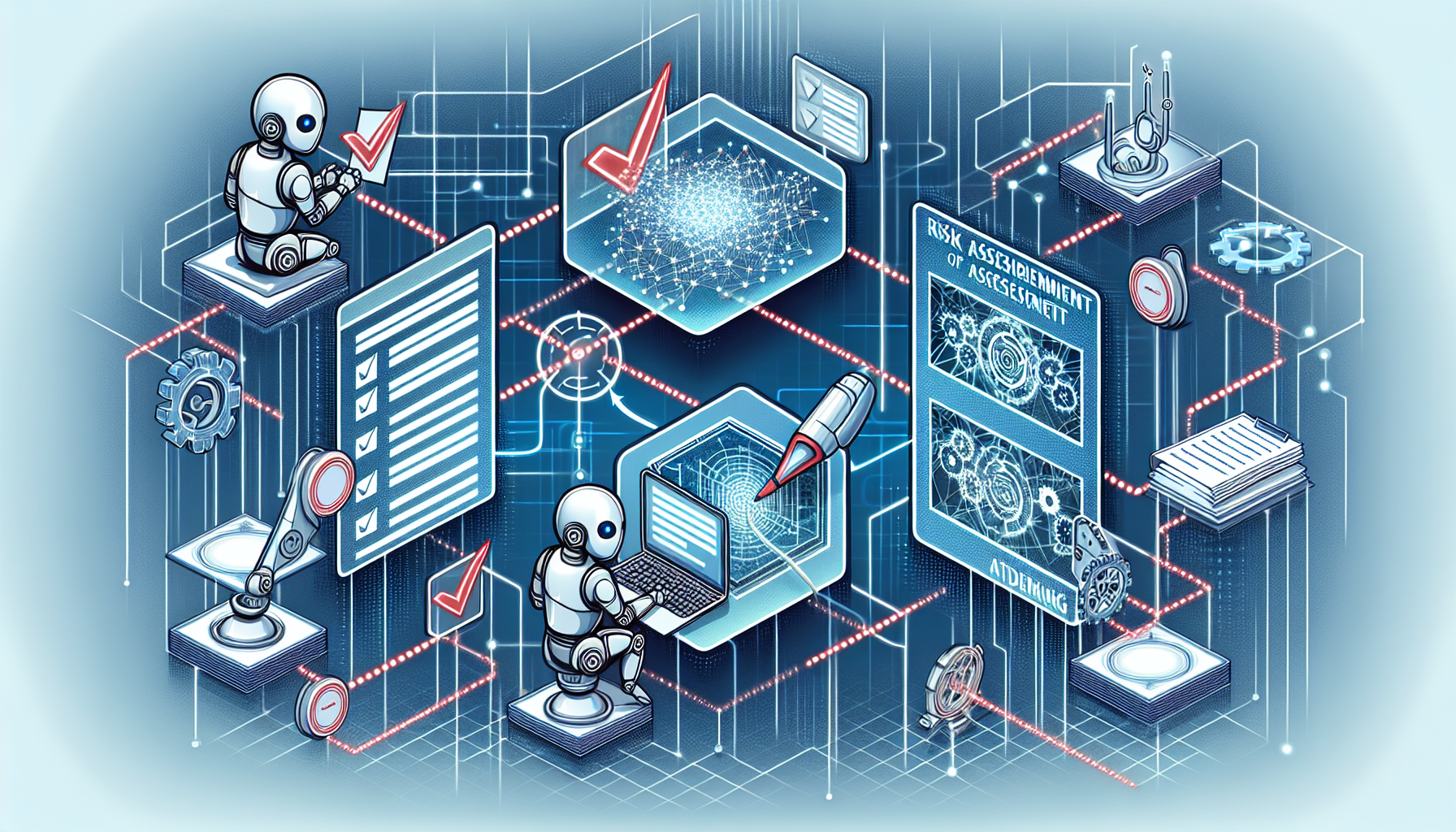Looking for cybersecurity consulting? You’re likely concerned with how to shield your business from cyber threats. Cybersecurity consultants serve as your guide and guardian, evaluating your risks and shoring up your defenses. This article sheds light on their pivotal role and how their expertise can keep your data safe, without any sales talk or unnecessary details.
Key Takeaways
- Cybersecurity consulting is critical for protecting digital assets against evolving cyber threats, ensuring proactive defense and minimizing financial and reputational damage.
- Customized security solutions are essential for addressing each organization’s unique cyber risks, with a focus on continuous risk assessment, strategic security planning, and comprehensive cybersecurity services.
- A robust security posture requires a holistic approach that includes incident response, staff security training, regulatory compliance, and the selection of experienced cybersecurity partners with a client-centric mindset.
The Importance of Cybersecurity Consulting

The internet, while a tool of immense convenience, is also a Pandora’s box of potential security risks. Cyber threats are not static; they evolve and grow more complex every day. As such, organizations must take a proactive approach to protecting their digital assets. This is where expert cyber security consulting services come in, safeguarding your organization’s reputation and future.
Consider this: every second, there are 24,000 attempts to hack information on the internet. Your sensitive data could be the target of one of these attempts. But with expert cybersecurity services by your side, you can rest assured that your digital fortress is well-guarded against these threats. Solving complex security challenges is their forte, and they are well-equipped to handle the myriad of cyber risks that your organization may face.
Evolving Cyber Threats
As technology becomes more deeply ingrained in our everyday activities, IT security becomes a critical component of modern life. Just last year, Australia saw a 13% increase in cyber incidents, translating into substantial financial losses for businesses. Common threats such as ransomware, phishing schemes, and data breaches continue to evolve, posing a growing challenge to businesses in Australia.
To combat these threats, businesses must:
- Keep abreast with the latest security practices
- Ensure that their clients benefit from cutting-edge defenses against emerging digital dangers
- Make ongoing revisions of custom defense strategies to tackle newly emerging threats and comply with evolving regulatory requirements
- Engage with security communities and industry associations to align with contemporary security trends
Protecting Sensitive Data
One of the primary objectives of a cybersecurity company is to:
- Protect digital assets, sensitive data, and computer systems from unauthorized access, data breaches, and malicious activities
- Deploy a robust security posture to prevent cyber attacks
- Minimize incidents of data breaches, financial loss, and reputation damage.
Imagine your organization as a castle. Your sensitive data is the treasure within, coveted by cyber marauders. A cybersecurity company is tirelessly working to safeguard your digital assets from these attackers.
Customized Security Solutions

Just as each organization is unique, so are its security needs. A one-size-fits-all solution may not address organization-specific threats effectively. Therefore, customized security measures, including unique configurations and systems, are designed to meet these threats.
Implementing these tailored, results-driven solutions delivers tangible enhancements in an organization’s security posture. This strategic advantage cannot be underestimated in the ever-evolving battlefield of cybersecurity.
Risk Assessments
A critical component of cybersecurity is risk assessment, which entails evaluating threats to an organization’s IT systems and data and gauging the ability to defend against cyberattacks. It’s akin to a knight inspecting their armor for weak spots before heading into battle, assessing the cyber risk involved. Implementing risk management strategies can further strengthen an organization’s defense against potential threats.
Industry-leading security consultants perform more than 500 baseline security assessments per year to evaluate threats, including insider threats. The process includes defining cybersecurity threats, identifying security vulnerabilities, and determining the likelihood and impact of these threats.
A thorough risk assessment is comparable to a knight knowing their enemy’s attack patterns, enabling them to defend effectively and ensure victory.
Strategy Development
Development of a resilient security strategy is a key step in the cybersecurity journey. This involves identifying and prioritizing risks relevant to the organization’s cyber infrastructure. Subsequently, security controls are defined and implemented to manage these risks, aiming to reduce their likelihood or impact.
A robust security strategy is crucial for safeguarding an organization’s assets, systems, and people. And just as a knight would integrate new weapons into their existing arsenal, so too must a security strategy integrate with existing systems to maintain operational efficiency and avoid creating new security gaps.
Comprehensive Cybersecurity Services

Expert security consulting services offer a comprehensive suite of cybersecurity solutions, including:
- Safeguarding businesses and infrastructure
- Risk and compliance assessments
- Audits
- Vulnerability scanning
- Penetration testing
- Cyber-threat management
These services cover both the digital realm and the physical security measures, such as access controls, CCTV systems, and perimeter defenses.
To maintain resilience against cyber attacks, these consultants utilize advanced technologies like:
- Automation
- AI for ongoing threat monitoring
- Enhancing breach detection
- Enabling faster, more cost-effective response times.
Incident Response
Proactive incident response plans are essential to quickly address and minimize damage from security incidents.
The effectiveness of a cybersecurity company is significantly influenced by its response time and incident management capabilities during a security incident.
Security Training and Awareness
Equipping staff with the latest security knowledge and practices is as important as deploying cutting-edge cybersecurity measures. Customized user training is part of tailored cybersecurity defense, educating staff on current threats and safe online practices.
Annual IT Security Health Check programs, such as offered by Beyong Technology, will keep your company abrest of any potential risks. T
Building a Resilient Security Posture

A robust security posture involves more than just digital security. Cybersecurity consultants adopt a holistic approach, embracing all aspects of security, from digital to physical measures. They focus on managing organizational risk, providing effective incident response, and building resilience against cyber threats.
It is vital for organizations to understand their specific risks, effectively communicate these to stakeholders, and allocate resources appropriately for risk mitigation.
Continuous Monitoring
Keeping pace with the rapidly evolving threat landscape requires continuous monitoring, enabling early detection of security threats and vulnerabilities.
Continuous monitoring enhances visibility into IT environments, scrutinizing network security, user activities, and system logs for any suspicious behaviors. This vigilant watch also plays a critical role in ensuring ongoing compliance with regulatory standards, such as HIPAA, PCI DSS, GDPR, and NIST 800-53.
Regulatory Compliance
Adherence to regulatory compliance is vital for businesses to ensure operations remain within legal boundaries and to evade any legal issues. By adhering to local and international security standards, businesses can safeguard against current and emerging threats.
For instance, businesses aiming for PCI DSS compliance can benefit from services like gap analysis, remediation guidance, and annual validation audits provided by Beyond Technology. Moreover, organizations engaged with the Australian Government can ensure the security of sensitive data through IRAP assessments and adhering to the PSPF/ISM frameworks with the help of Beyond Technology.
Choosing the Right Cybersecurity Partner

Choosing the right cybersecurity partner is like choosing the right knight to protect your castle. They must understand their specific cybersecurity needs to tailor services to their unique circumstances.
A cybersecurity consulting firm’s proven track record, excellent service, and a solidified reputation can be indicative of their ability to protect an organization effectively. Consultants with in-depth expertise and a specialization in solving complex security challenges are fundamental when choosing a cybersecurity partner.
Expertise and Experience
The leaders of cybersecurity consulting firms in Australia:
- Are at the forefront of cybersecurity research
- Have built industry partnerships with leading universities
- Showcase their high level of expertise
- Are recognized for being the best at what they do
This further underlines their expertise.
A specialized team focusing on cybersecurity and surveillance, along with core expertise in government security, allows for a comprehensive approach to tackling diverse security challenges and addressing security priorities.
Client-Centric Approach
A client-centric approach in cybersecurity consulting values collaboration, ensuring clients are involved and informed during the cybersecurity process. Tailored cybersecurity services that adapt to the specific needs of an organization highlight the client-centric nature of a cybersecurity partnership.
Independent testing enhances customer and partner confidence and demonstrates a cybersecurity firm’s commitment to protecting client data based on high standards.
Real-life Success Stories
Expert cybersecurity consultants use their understanding of the evolving cyber threat landscape to help organizations navigate complex security challenges. Their success stories, like that of Beyond Technology, attest to their ability to align cybersecurity measures with business goals, emphasizing the critical role consultants play in facilitating a secure and successful digital transformation.
Summary
In this digital age, cybersecurity consulting is more than just a need; it is a necessity. From guarding against evolving cyber threats and protecting sensitive data to implementing tailored security solutions and providing a comprehensive suite of cybersecurity services, expert Beyond Technology cybersecurity consultants with their holistic approach, continuous monitoring, and focus on regulatory compliance further fortify your digital assets.
Frequently Asked Questions
What is cyber security consultation?
Cyber security consultation involves accessing expertise for 24/7 support, focusing on core business while meeting security and compliance requirements, and minimizing the need to track and manage changing regulatory standards. A cybersecurity consultant identifies problems, evaluates security issues, assesses risk, and implements solutions to address threats to a company’s computer networks and systems.
Does Beyond Technology do cybersecurity?
We offer a Annual IT Security Health Check service, this allows us to address clients’ cybersecurity issues effectively.
What does a cyber security consultant do?
A cybersecurity consultant plays a crucial role in identifying vulnerabilities, assessing risks, and implementing solutions to defend against threats to an organization’s computer networks and systems. They help businesses implement effective security measures and ensure compliance with industry regulations.
What comprises a comprehensive suite of cybersecurity services?
A comprehensive suite of cybersecurity services comprises risk assessments, penetration testing, incident response, and physical security solutions, among others. This enables thorough protection against potential threats.
How important is regular and continuous monitoring in cybersecurity?
Regular and continuous monitoring in cybersecurity is pivotal for early detection of security threats and vulnerabilities, allowing you to keep pace with the rapidly evolving threat landscape.






